The Last Love of Jackie Kennedy Onassis
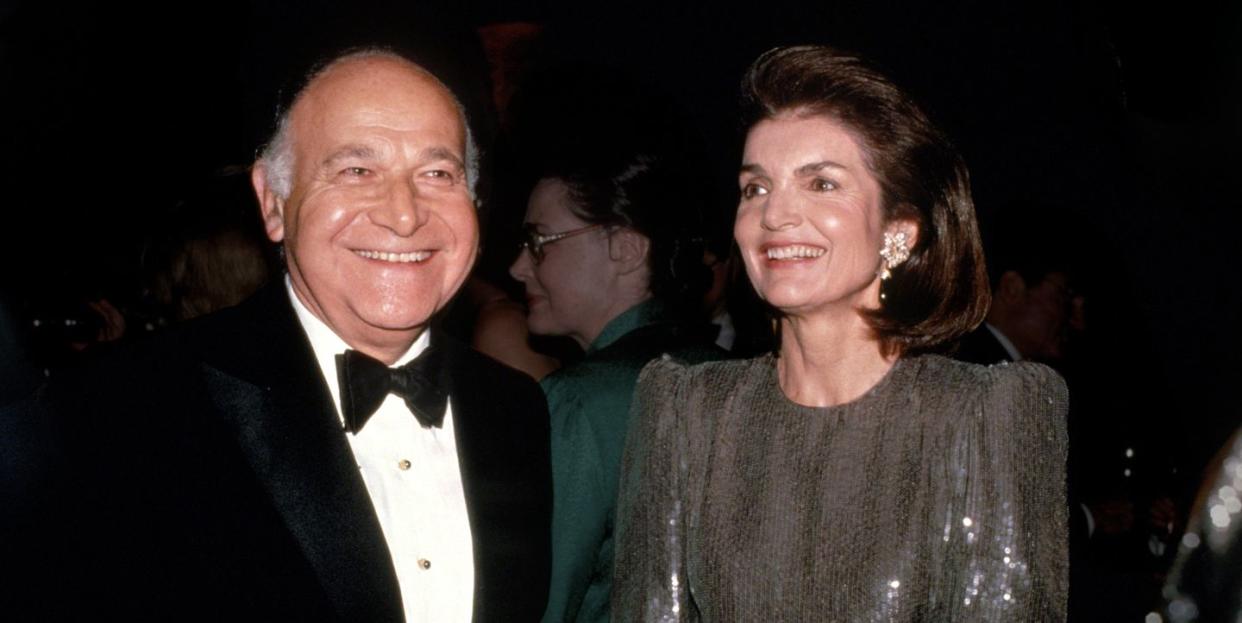
For a woman who spent much of her adult life in the spotlight, Jacqueline Kennedy Onassis was almost as famous for her desire for privacy as she was for the roles and relationships that had made her an American icon. So when it was announced on May 19, 1994 that Jackie had passed away in her Manhattan apartment following a battle with non-Hodgkins lymphoma, few were surprised to learn that she had been attended in the end by a small group of those closest to her.
Three "family members" is how the official statement after her death put it. Two were her children, Caroline Kennedy and John F. Kennedy Jr., and the third was Maurice Tempelsman.
To those who knew Jackie well, Tempelsman's inclusion in that roster was entirely natural. At her funeral at St. Ignatius Loyola Roman Catholic Church on Park Avenue five days later, he stood alongside her children and read out a poem, Ithaka by C.P. Cavafy, to which he added his own addendum. "And now the journey is over, too short, alas, too short," Tempelsman said at the service. "It was filled with adventure and wisdom, laughter and love, gallantry and grace. So farewell, farewell."
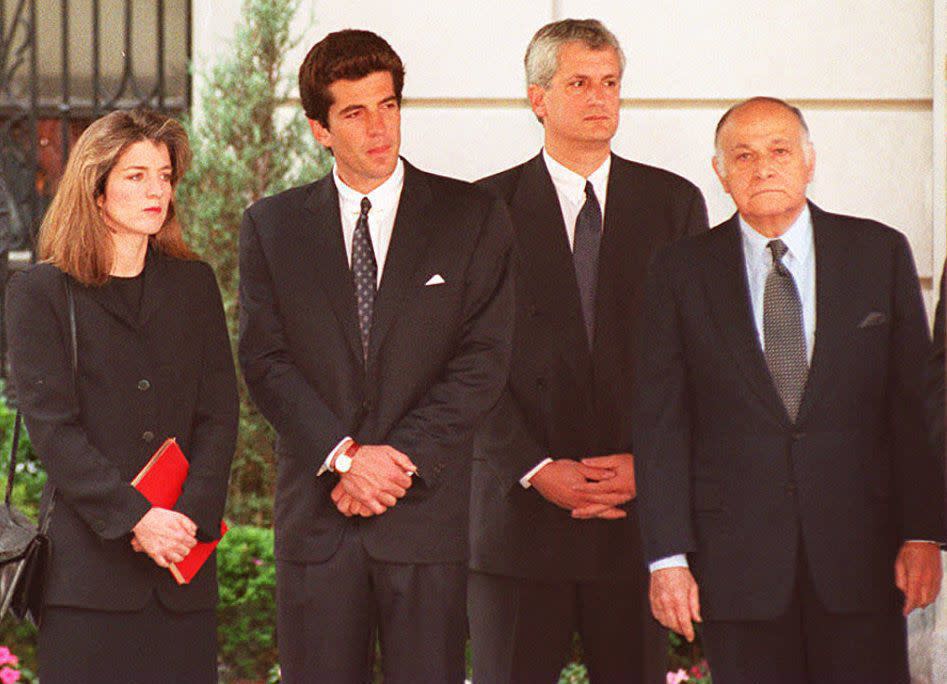
After all, though Tempelsman was most often noted in print as a "companion" or "frequent escort" the reality to those who knew them had long been obvious: Maurice Tempelsman had been Jackie's last great love, her third husband in all but legal terms for the last decade of her life.
Jackie was frequently and often unfairly defined, at least in public perception, by her relationships to the men that surrounded her. Compared to the Irish-Catholic Prince Charming image of her first husband, President John F. Kennedy, or the flamboyant grandiosity of her second, Greek shipping magnate Aristotle Onassis, Tempelsman seemed a mild and unassuming choice for the last great love story of an American icon.
Short and balding, Tempelsman was born into an Orthodox Jewish family in Belgium before his parents emigrated to New York to escape the rising Nazi party. At 16 he followed his father into the diamond industry, forging contacts that would make him a pillar of the diamond import industry.
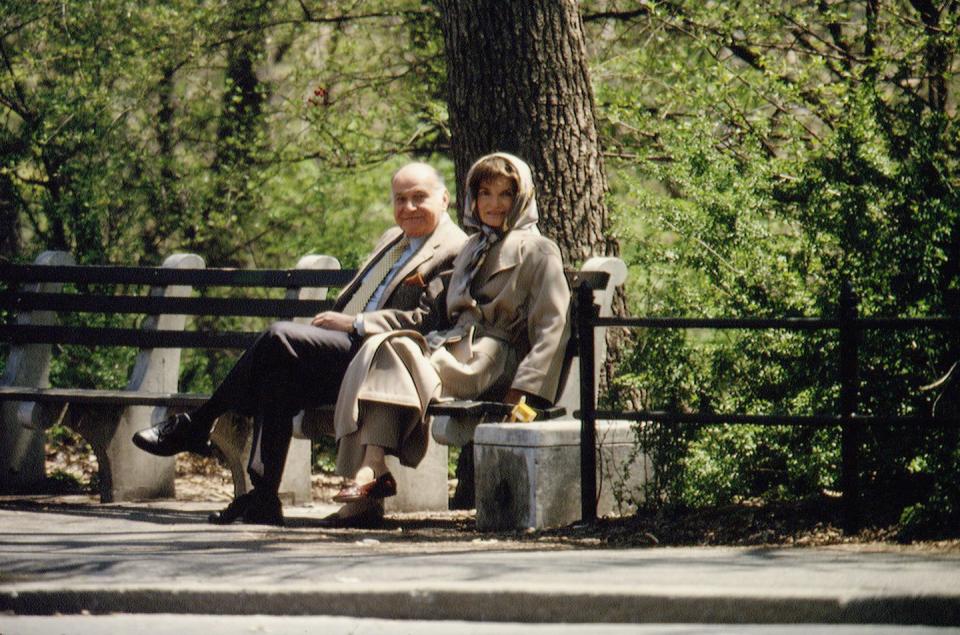
By 21, he'd become a millionaire by brokering a deal with the U.S. government to stockpile diamonds for industrial uses like the bits on oil drills. He crafted connections with African diamond interests and was close with the Oppenheimer family, becoming one of a select group of buyers allowed to purchase diamonds directly from De Beers. He was also active in promoting relations between America and Africa, serving as chairman for the nonprofit African-American Institute and even helping to underwrite Nelson Mandela's first trip to the U.S.
It was because of his connections that Tempelsman first met Jackie in the 1950s, when he arranged a meeting between then-Senator Kennedy and South African diamond interests. Though it would be many more years before their relationship blossomed into anything more than friendship, this early connection with Tempelsman meant that by the end of her life, Jackie had known the diamond dealer for far longer than she had either of her husbands.
Though JFK and Onassis were easily Jackie's most recognizable relationships-and Tempelsman was her last-they weren't the only men to play leading roles in her life. Before JFK, Jacqueline Bouvier was briefly engaged to John Husted Jr., but broke things off (reportedly after discovering that he only made $17,000 a year).
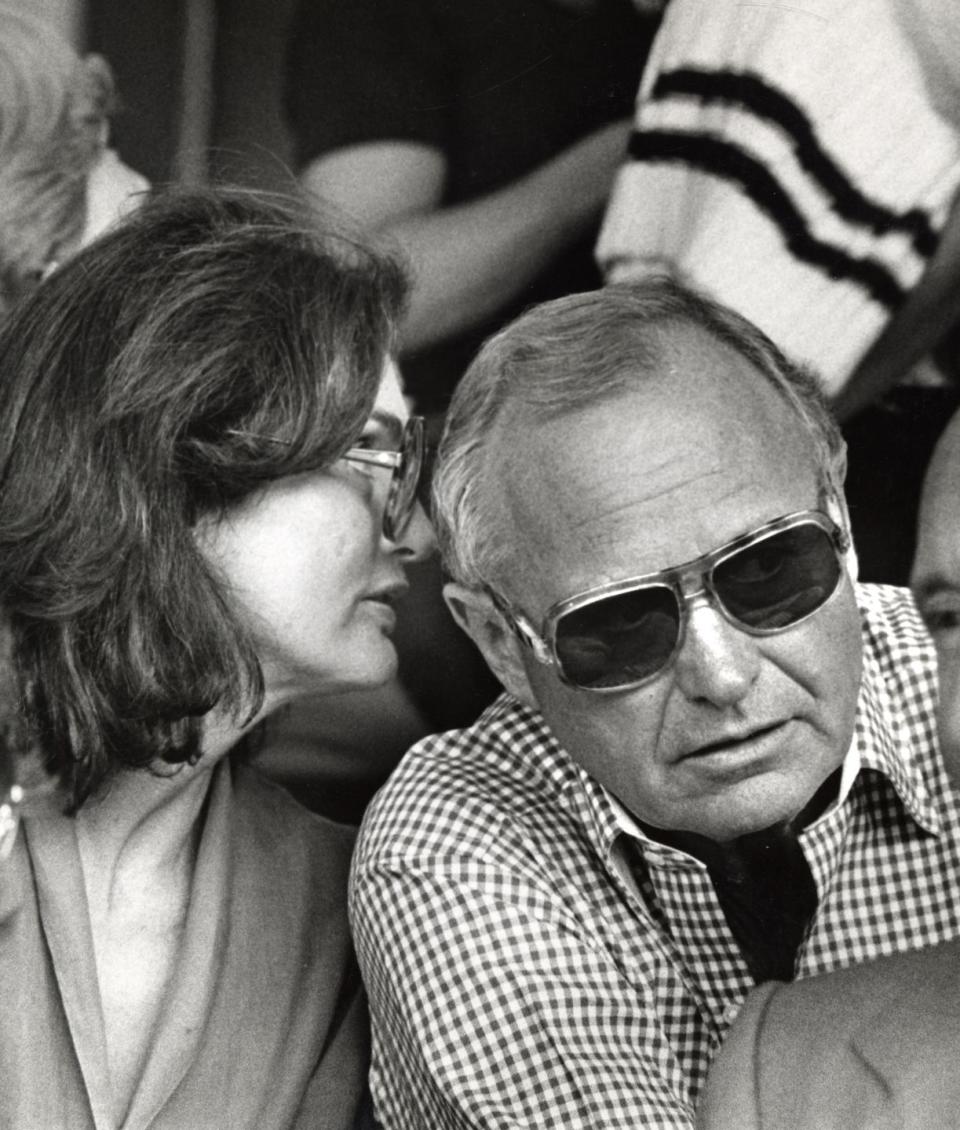
After President Kennedy's assassination, Jackie worked closely with architect Jack Warnecke to design the eternal flame memorial which now stands in Arlington National Cemetery. The two had collaborated before on a preservation project for historical houses in Washington D.C. but it was during this period that their relationship developed into something more.
Though Jackie and Warnecke attempted to keep things private, rumors eventually spread. Though they reportedly contemplated marriage, the unwelcome publicity, along with the complications of blending their two families (Warnecke had four children of his own) and Warnecke's deep financial debts, ultimately led them to separate. Shortly thereafter Jackie began seeing Aristotle Onassis, whom she married in 1968. The former couple remained close, though, and Warnecke continued to send Jackie Valentine's Day cards every year until the end of her life.
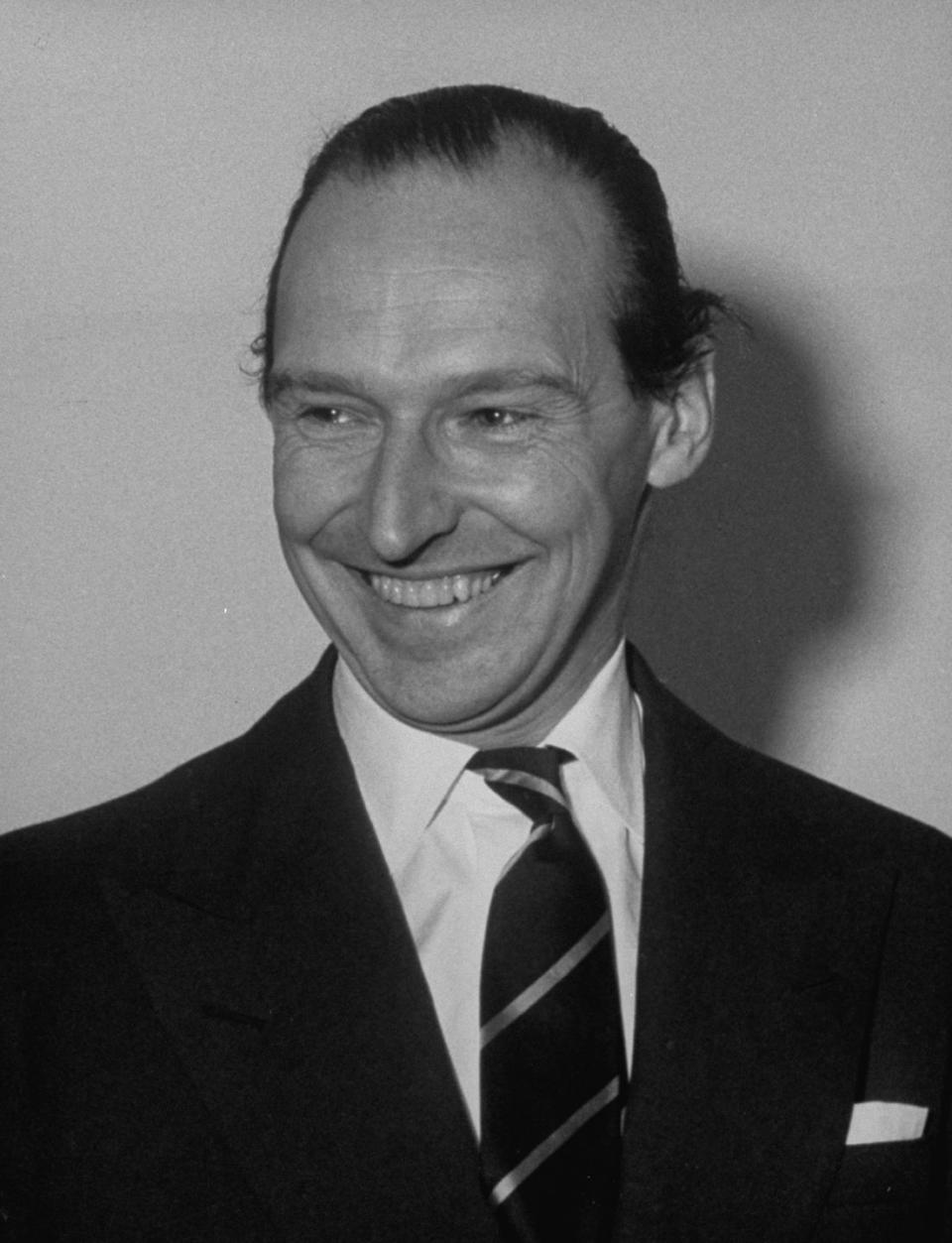
Jackie also had another suitor around the same time as Onassis, a British aristocrat. David Ormsby Gore, Lord Harlech, was a former British ambassador to Washington and friend of JFK's. Like Jackie, Ormsby Gore was a widower and the two shared a bond over the sudden and tragic deaths of their spouses. They traveled together for a period and Ormsby Gore even proposed, but Jackie ultimately decided to marry Onassis instead.
She wrote to him after her wedding in Greece, explaining her choice by saying that Onassis had been “lonely and wants to protect me from being lonely. And he is wise and kind.” She added, “Only I can decide if he can, and I decided. I know it comes as a surprise to so many people. But they see things for me that I never wanted for myself.”
Jackie had been married to Onassis for six and a half year when he died in 1975. She returned to New York in September where she struggled to find herself after a decade of tumult and tragedy. Her daughter Caroline had just graduated from high school and was about to start Radcliffe; her son John was a student at Collegiate, an all-boys private school. According to Sam Kashner and Nancy Schoenberger, authors of The Fabulous Bouvier Sisters: The Tragic and Glamorous Lives of Jackie and Lee, Jackie's former secretary and close friend Tish Baldrige suggested that Jackie consider getting a job.
“Who, me? Work?” Jackie had joked. But Baldridge wasn't the only one who made the suggestion. Her longtime friend, writer Jimmy Breslin, also urged Jackie to do it, saying, “You should work as an editor. What do you think you’re going to do, attend openings for the rest of your life?”
Jackie loved the idea and soon started a job as an editor at Viking Press. She adored the job, and eventually spent over 19 years at various publishing houses in the city. She acquired nearly 100 works of fiction and nonfiction over the course of her career, nurturing many authors and even reading their manuscripts and sending notes while receiving treatment for cancer toward the end of her life.
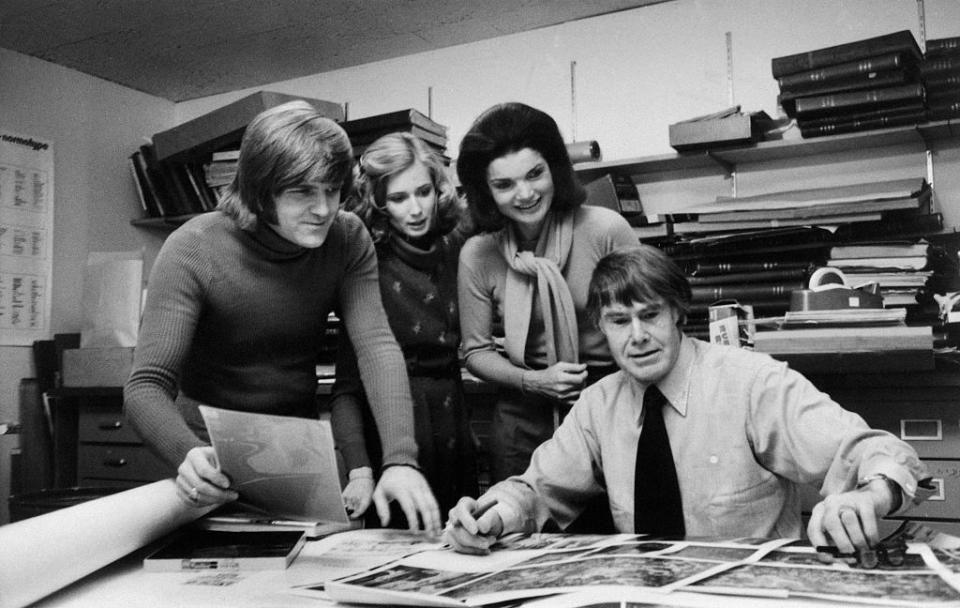
Jackie had already known Maurice Templesman for nearly two decades by the time she settled in New York in 1975, but it was only then that they grew close. Tempelsman stepped in to help Jackie manage her finances and the $26 million inheritance left to her by Onassis. He was reportedly an able steward; her estate was worth nearly $45 million at the time of her death.
The private nature of their relationship means that few people know precisely when Jackie's friendship with Templesman turned into a romance, but it became clear by the early '80s that for all of Jackie's potential suitors, it was Tempelsman who regularly squired her to events around the city.
"This thoughtful, unlikely Jewish gentleman has put an aura of tranquillity around [Mrs. Onassis]," Jackie's friend Samuel Pisar once told a reporter. "Maurice doesn't show her off like Onassis, who considered Jackie another jewel in his crown. Maurice, the diamond merchant, knows better; he protects her, understands her position and respects her privacy."
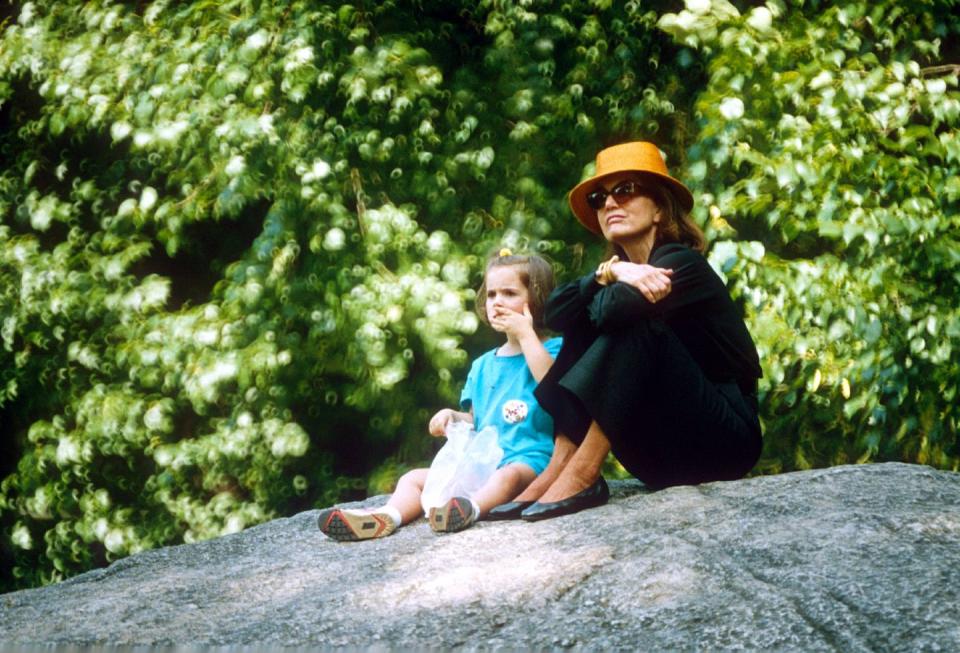
Unlike Jackie's other public paramours, Tempelsman was never one to steal the spotlight, or even to seek it-he once reportedly secured a retraction by a gossip columnist who'd claimed that he and Jackie planned to marry.
Marriage, after all, was never an option. Though Tempelsman had been separated from his wife, the mother of his three children, for many years, her devout Jewish faith prevented them from divorcing. Instead, Tempelsman and Jackie lived together in her 15-room Fifth Avenue apartment from the mid '80s until Jackie's death in 1994. (Tempelsman's wife did, reportedly, eventually grant him a "get," a form of Orthodox divorce; their relationship was described by friends as “extremely friendly and harmonious.”)
Despite the issues surrounding their legal status, Jackie's family appeared taken with her new beau. Tempelsman became close with her children, attending her daughter Caroline's wedding, and even gained the approval of Jackie's notoriously difficult-to-please mother, Janet Lee Auchincloss, who died five years before her daughter in 1989. "He was attentive to her and there was warmth between them. Madame approved," Auchincloss's butler Jonathan Tapper wrote in the biography Jackie, Janet, and Lee. "She felt that Jackie had finally found someone worthy of her."
The couple had complimentary personalities and shared interests in art and literature. They often conversed in French when they dined out at restaurants in their Upper East Side neighborhood and took long walks together, hand in hand, in Central Park.
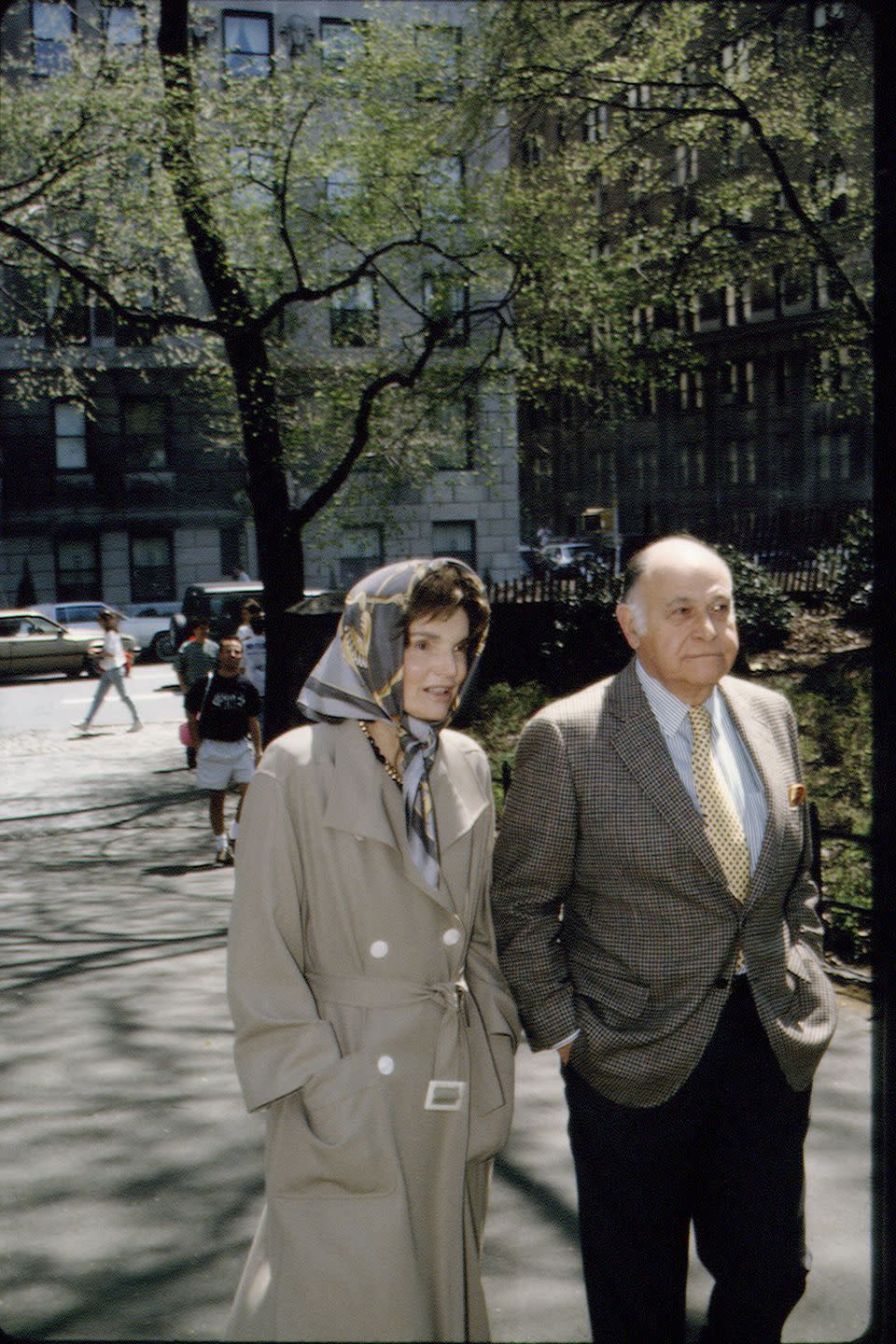
He supported her work as an editor and they shared a love of art collecting-African art for him, Greek for her. They vacationed together in Martha's Vineyard and even hosted then-President Bill and Hillary Clinton aboard Tempelsman's 70-foot yacht, the Relemar, the year before Jackie's death.
When Jackie was diagnosed with cancer, Tempelsman became her constant companion for the remaining months of her life, setting up an office in their home to be more available to her and accompanying her to and from her treatments.
“The level of love and respect was amazing to see," one of Jackie's doctors remembered after her death. "He was always holding her hand or caressing her cheek, and when they sat their heads were always close together, like a sweet older couple. You had to smile when you looked at them.”
Many felt Jackie had died too young when she passed away at age 64, but she had, by all accounts, found someone to grow old with.
('You Might Also Like',)

